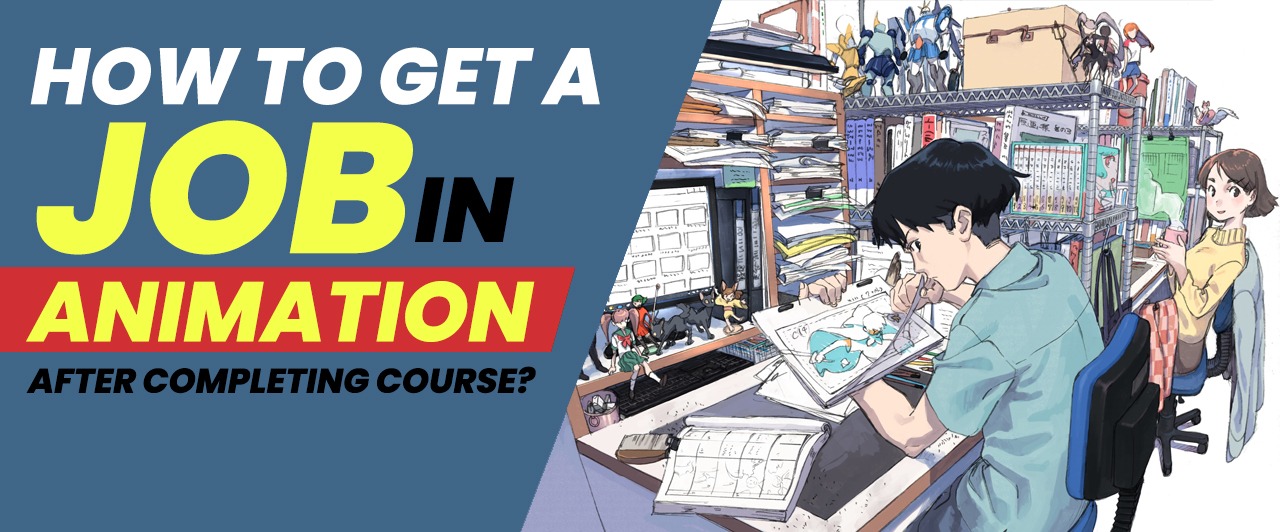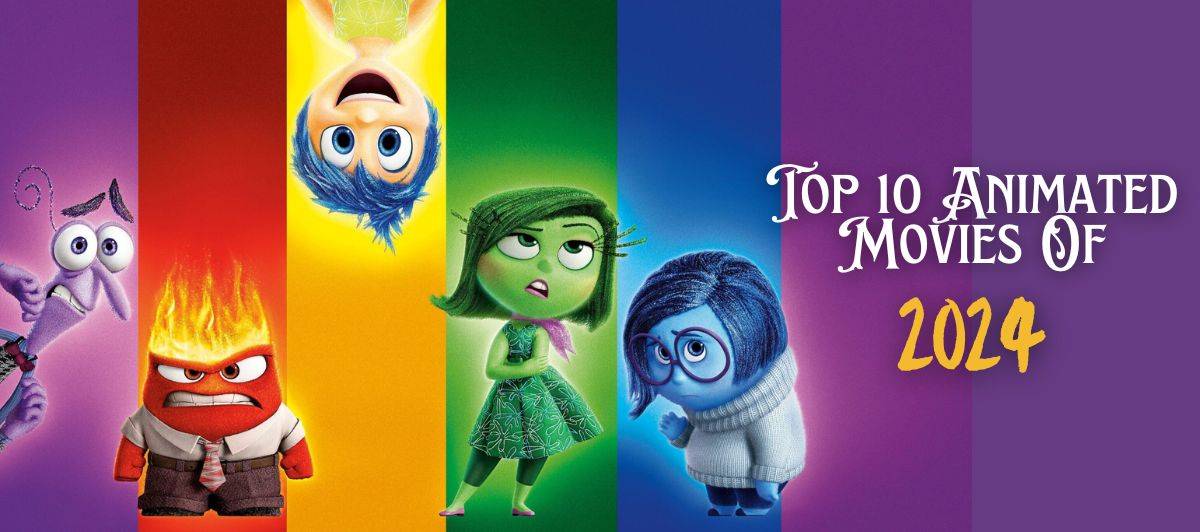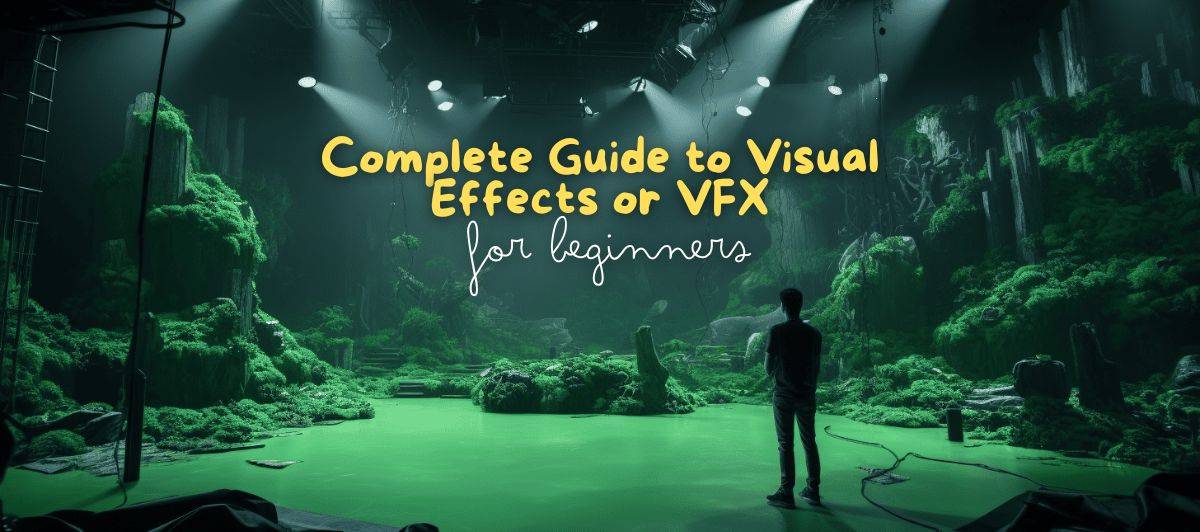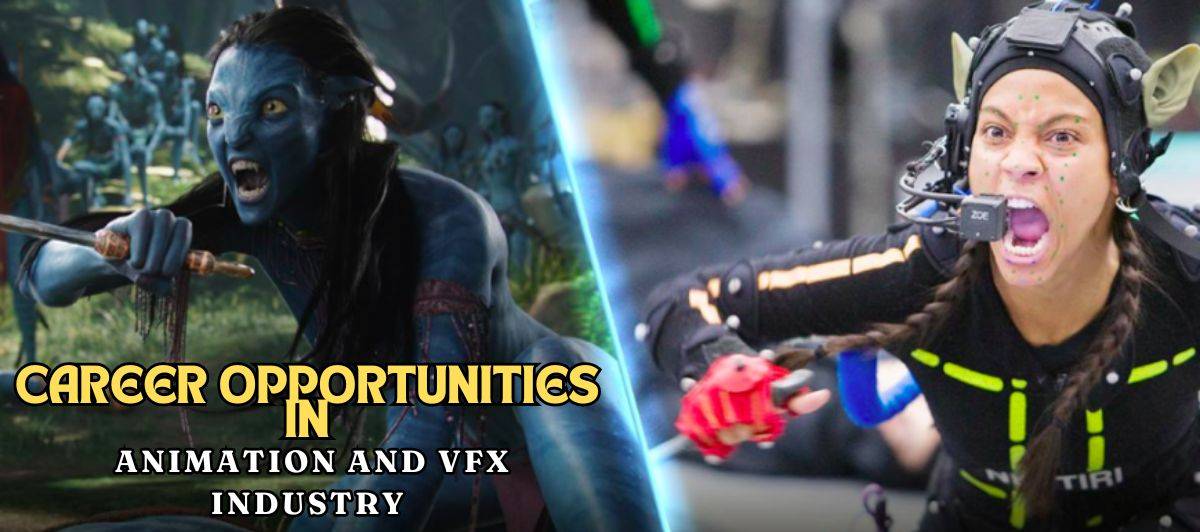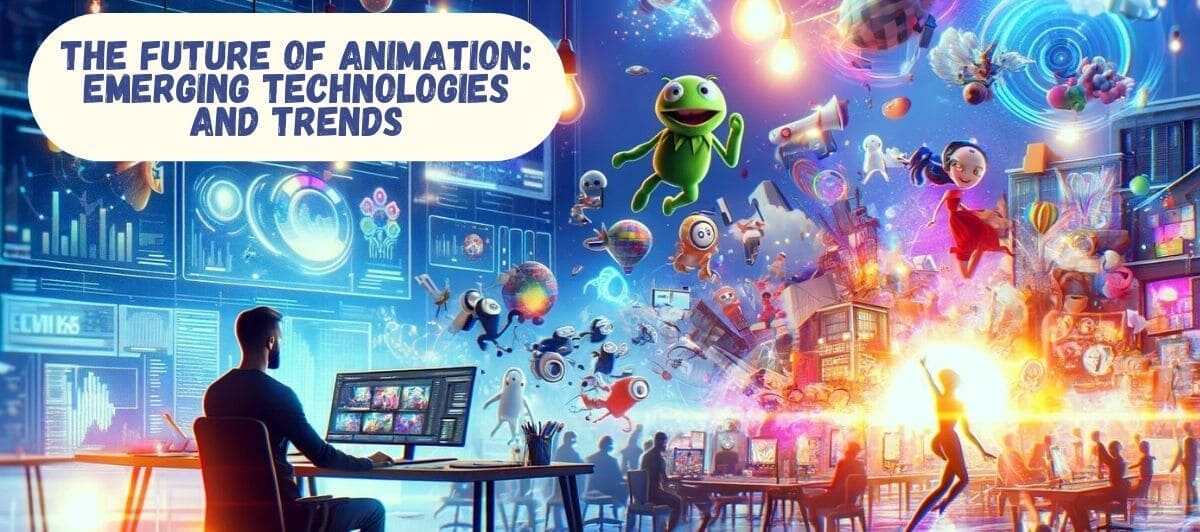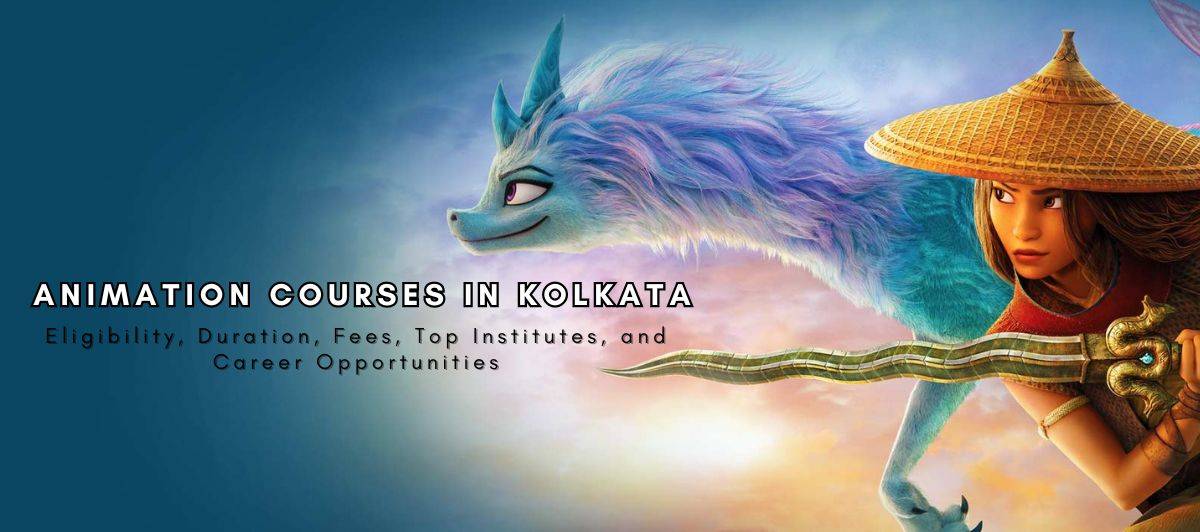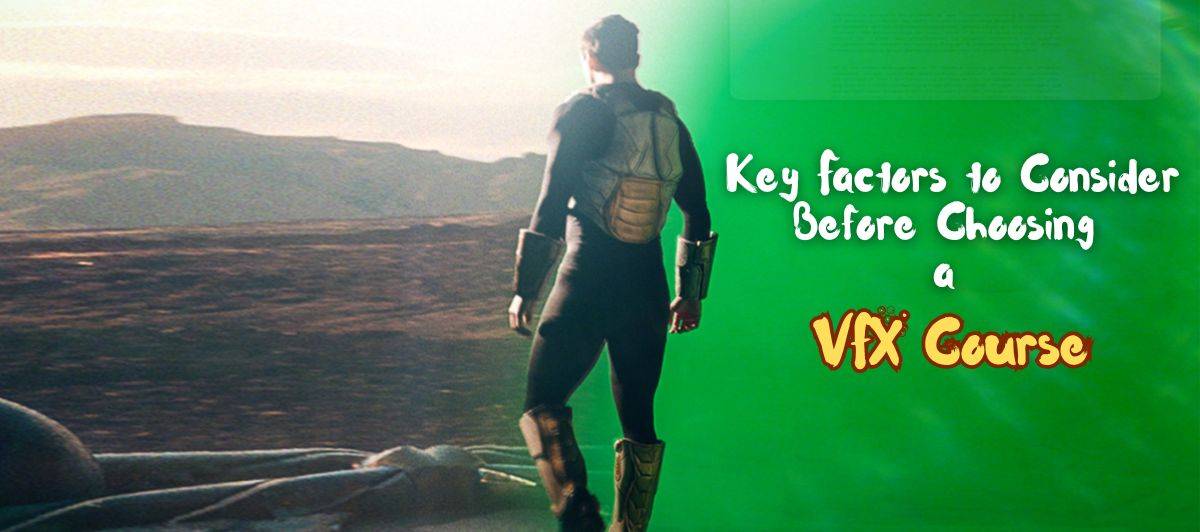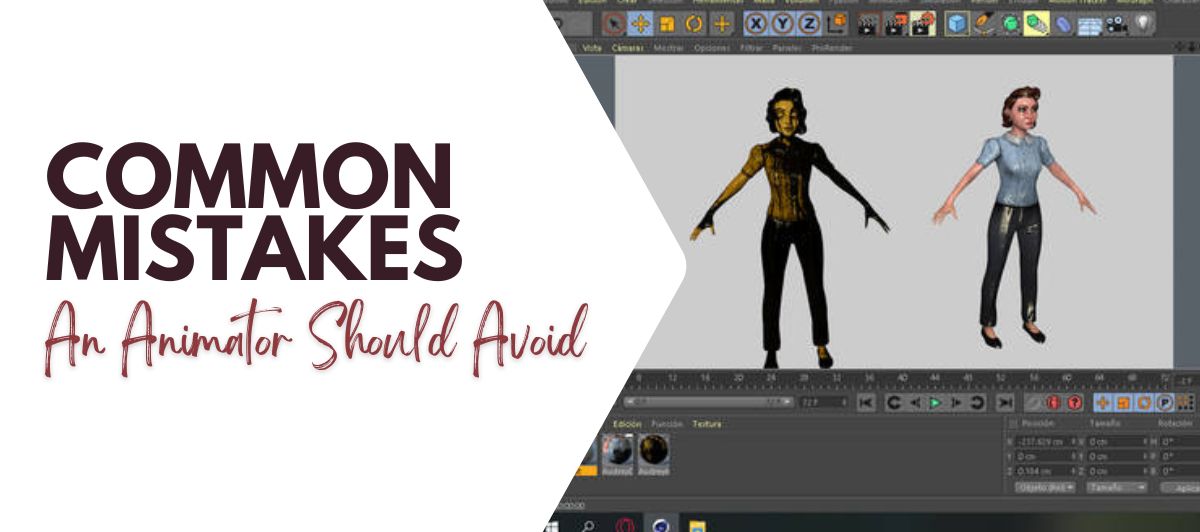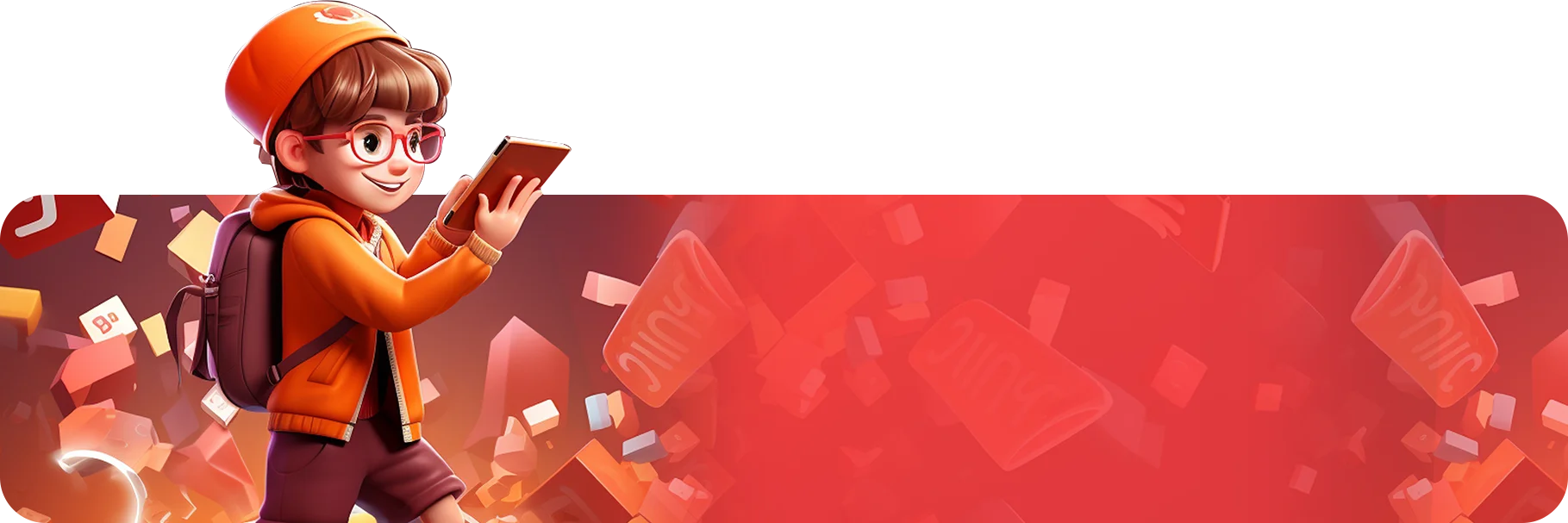How to get a Job in animation after completing course?
Animation is a thriving industry with a diverse range of career opportunities for creative professionals. The industry is expanding rapidly and offers many opportunities for individuals to establish their careers. However, getting a job in animation can be challenging, especially for students who have completed their course recently. It requires hard work, persistence, and a willingness to learn and adapt to changing trends in the industry.
If you have recently completed a course in animation and are looking for ways to kick-start your career, this article will provide you with some practical tips on how to get a job in animation.
First, let us discuss about the jobs that are available in animation. There are many different jobs available in the animation industry, ranging from artistic roles to technical positions. We will explain some of the most common jobs in the animation industry.
Animator:
The animator is responsible for bringing characters and objects to life on the screen. They work with storyboard artists, character designers, and other members of the animation team to create the movements and actions of characters and other elements in an animation. Students having completed their animation and multimedia courses, typically use specialized software and tools to create animations that are both visually appealing and accurate in terms of movement and physics.
Character Designer:
Character designers are responsible for creating the visual appearance of the characters in an animation. They work closely with the animation team to develop the look and feel of each character, including their clothing, hair, facial expressions, and overall design. Character designers must have strong drawing and design skills and be able to work collaboratively with other members of the animation team.
Storyboard Artist:
Storyboard artists work closely with the director and screenwriters to create the visual storyboards that serve as a blueprint for the animation. They use sketches and drawings to create a visual representation of each scene in the animation, including the camera angles, composition, and pacing. Storyboard artists must have strong drawing and visual storytelling skills and be able to work collaboratively with other members of the animation team.
Layout Artist:
Layout artists are responsible for creating the backgrounds and environments that serve as the backdrop for the animation. They work closely with the storyboard artists and director to create the overall look and feel of each scene, including the composition, lighting, and camera angles. Layout artists must have strong drawing and design skills and be able to work collaboratively with other members of the animation team.
3D Modeler:
3D modelers are responsible for creating the 3D models that are used in the animation. They use specialized software and tools to create 3D models of characters, objects, and environments, and they work closely with the animators and other members of the animation team to ensure that the models are accurate and meet the needs of the animation.
Texture Artist:
Texture artists are responsible for creating the textures that are applied to the 3D models in the animation. They use specialized software and tools to create the textures that give each model its unique look and feel, including the colors, patterns, and surface details.
Lighting Artist:
Lighting artists are responsible for creating the lighting and shadows that are used in the animation. They work closely with the layout artists and director to create the overall lighting scheme for each scene, including the color temperature, intensity, and direction of the light sources.
Special Effects Artist:
Special effects artists are responsible for creating the visual effects that are used in the animation, such as explosions, smoke, fire, and other dynamic elements. They use specialized software and tools to create these effects, and they work closely with the animators and other members of the animation team to ensure that the effects are accurate and visually appealing.
In addition to these roles, there are many other jobs available in the animation industry, including producers, directors, sound designers, and voice actors. Each of these roles plays an important part in creating the final product and bringing the animation to life.
Now, let us discuss about how to go about getting a job in animation :
Build a strong portfolio :
Just saying that you have done the best animation course will not help you get a job. A portfolio is your most important marketing tool when it comes to landing a job in animation. It showcases your creative abilities, technical skills, and range of experience. You should create a portfolio that highlights your strengths and showcases your best work. A good portfolio should include examples of different types of animation, such as 2D and 3D animation, character design, storyboarding, and motion graphics.
Specialize in a particular area :
Animation is a vast field that encompasses many different areas of specialization. Some of the areas you can specialize in include character design, 2D and 3D animation, motion graphics, visual effects etc. It is important to choose an area that you are passionate about and excel in. When you complete your course from an animation college in Kolkata, try to specialize in a particular area that can make you stand out from other candidates and give you a competitive edge.
Network with professionals in the industry :
Networking is essential in any industry, and the animation industry is no exception. Attend industry events, join online forums and social media groups, and connect with professionals in the field. Networking can help you get insider information on job openings, and it can also lead to job referrals or recommendations. Building relationships with industry professionals can also provide you with valuable mentorship and guidance.
Stay updated with industry trends and technology :
Having done a multimedia course in Kolkata is fine but the animation is constantly evolving, and it is essential to stay updated with the latest trends and technology. This includes software updates, new techniques, and emerging trends. You should also follow industry blogs, podcasts, and social media pages to stay informed about the latest developments in the field.
Apply for internships :
Internships are an excellent way to gain practical experience and build your network in the industry. Many animation studios offer internship programs for students and recent graduates. Internships can give you hands-on experience working on real projects and allow you to learn from experienced professionals in the field. They can also lead to job opportunities, as many companies hire interns who excel in their roles.
Apply for entry-level positions :
After completing your animation course and building your portfolio, you can start applying for entry-level positions in animation studios or production companies. These positions may include production assistant, storyboard artist, character designer, or junior animator. Entry-level positions provide you with valuable experience and the opportunity to learn from experienced professionals in the industry.
Keep learning and improving your skills :
Learning is a lifelong process, and it is essential to keep improving your skills and knowledge in the animation industry. Attend workshops, take online courses, and read industry publications to stay updated with the latest trends and techniques. You should also take feedback from professionals and peers on your work and use it to improve your skills.
Be persistent and patient :
Getting animation course job opportunities can be challenging, and it may take some time to land your dream job. Be patient, and don’t give up. Keep building your portfolio, networking with professionals, and improving your skills. Persistence and hard work can eventually pay off and lead to a successful career in animation.
In conclusion,
there are so many jobs that are available in this field after completing an animation course in Kolkata. Though getting a job can be challenging and can take time and persistence, but with a strong portfolio, networking, doing internships and a willingness to learn, you can achieve your career goals in this exciting field. So, here’s wishing you all the best for your journey.
![]() May 4, 2023
May 4, 2023
![]() By Admin
By Admin
![]() animation and multimedia courses,animation college in Kolkata,animation course in Kolkata,best animation course,course in animation,multimedia course in kolkata,
animation and multimedia courses,animation college in Kolkata,animation course in Kolkata,best animation course,course in animation,multimedia course in kolkata,
